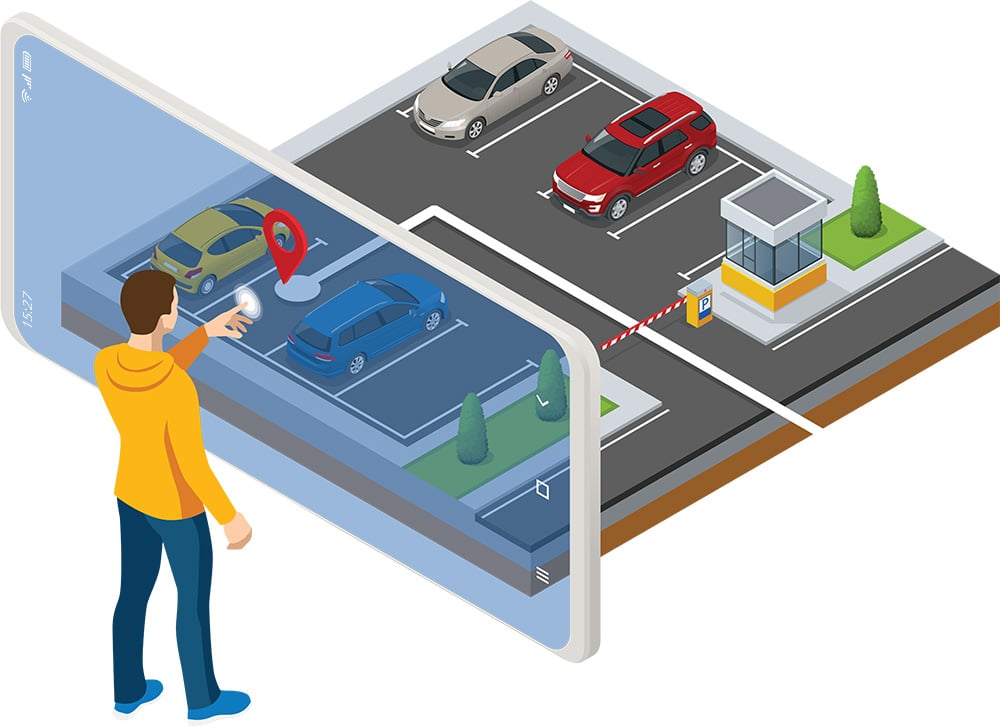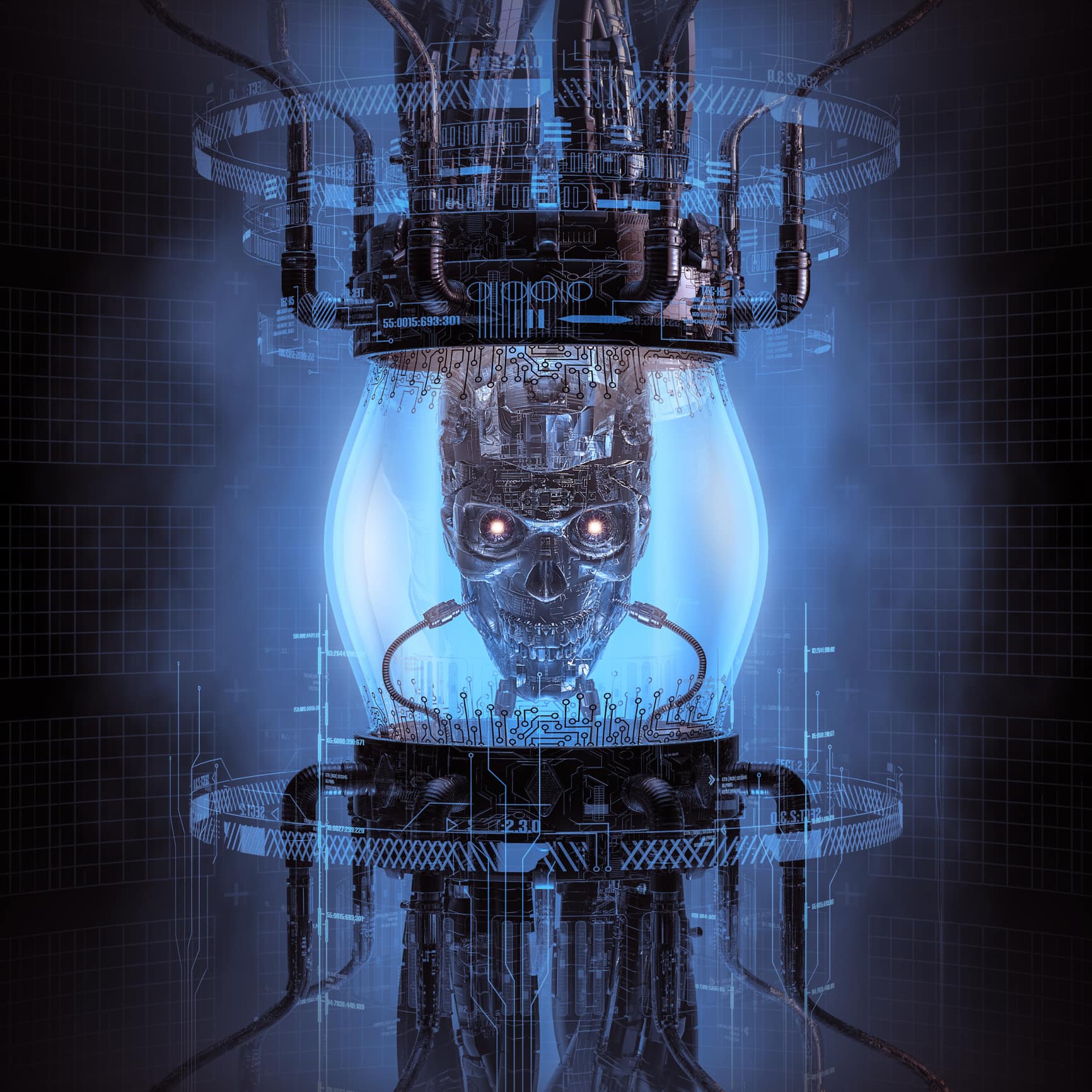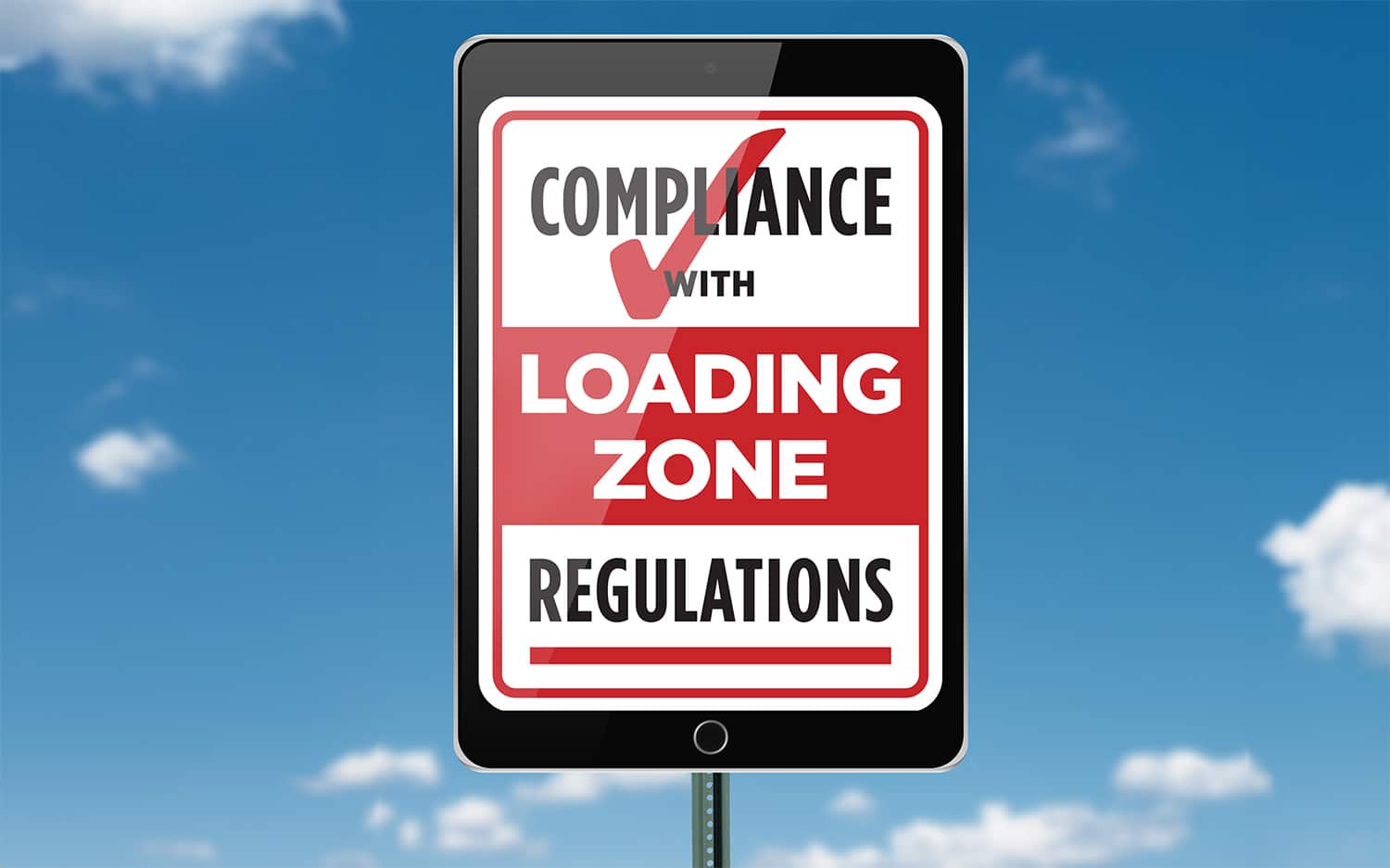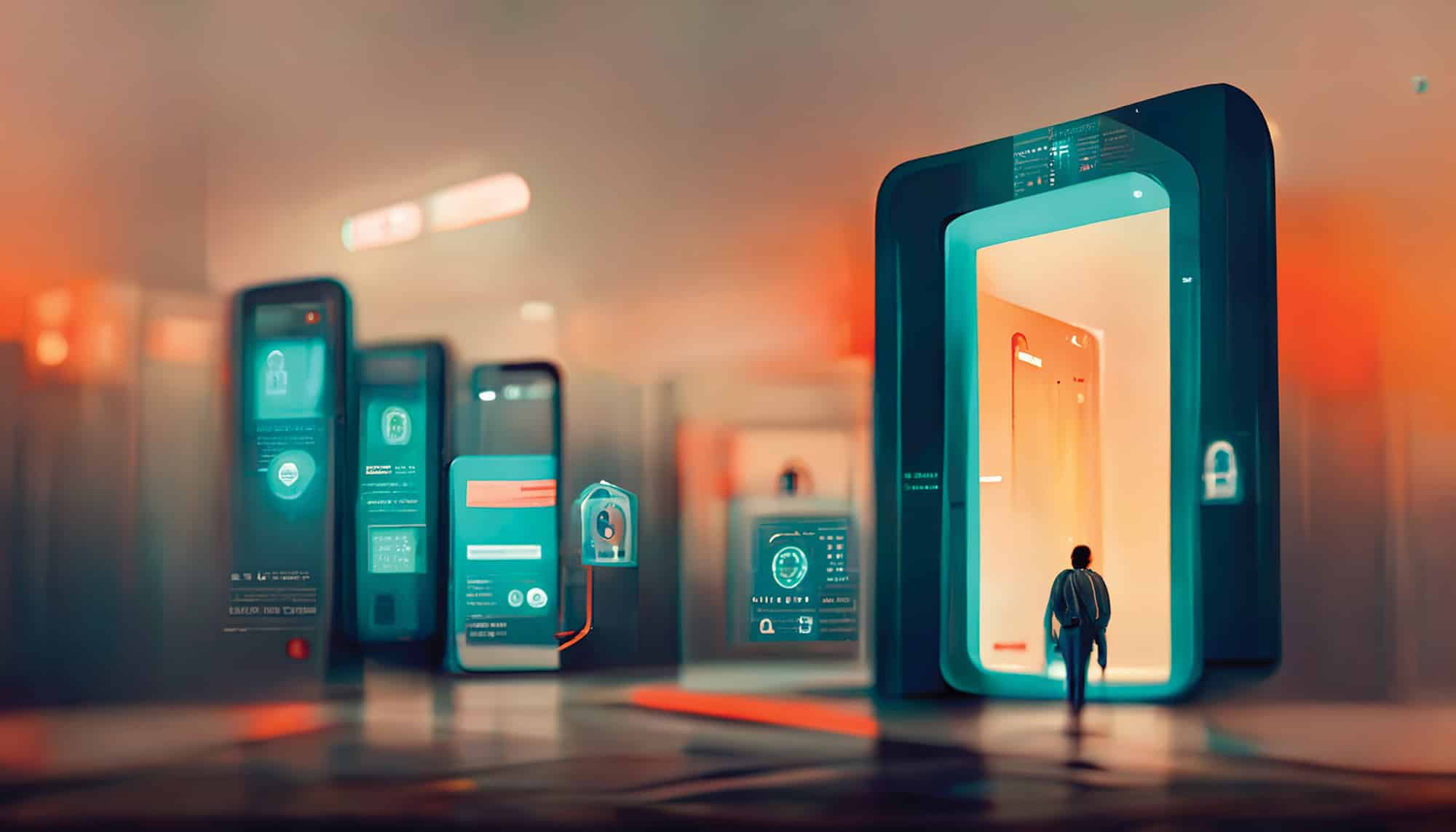
Planning EV Infrastructure
Harness the EV Revolution to Increase Revenue Without Busting Your
Share:
Share:
In the constantly progressing landscape of parking, transportation, and mobility, the past five to ten years have resulted in a profound transformation driven by technological advancements and most recently punctuated by the COVID-19 pandemic. The adoption of transportation and mobility concepts and solutions into the parking spectrum has rightfully brought together the entire transportation network, incorporating all users of the curb – single occupant vehicle (SOV) drivers, delivery drivers, TNCs, transit riders, bicyclists, and pedestrians – and integrating strategies and solutions to create the best experiences possible for users.
From a parking perspective, many communities have reduced their primary reliance on single-space meters and manual enforcement and incorporating cutting-edge solutions like kiosks, payment apps, license plate recognition (LPR), radio frequency dentification (RFID), and even the simple QR code. These solutions not only complement the existing parking payment option of traditional meters, but they diversify the payment experience for patrons, creating greater convenience and improving parking compliance.
Cities across the U.S. and beyond are now taking a much more holistic approach to their parking and transportation planning to reduce the dependence on SOVs. The integration of curb management solutions is significantly transforming the overall daily travel experience, opening new opportunities for alternative transportation and mobility options, reducing the need for SOV ownership or at least individual trips, and creating more sustainable and healthy communities. Further, these solutions help better manage and enforce on-street parking and curb spaces like loading zones, increasing turnover, reducing congestion, and improving the safety of all users of the curb.
As technology continues to completely reshape the transportation and parking experience for users, a parallel challenge emerges – the need to revolutionize the parking workforce. Technology is having a profound impact on this industry, and it is paramount that we identify and provide opportunities to bridge the generation gap and transform the workforce to meet the demands of such a rapidly changing environment.
The transition from the traditional look of city streets lined with single-space meters supporting street parking operations, to more advanced payment apps and frictionless parking systems reflects a seismic shift in consumer expectations. In response to the public’s demand for touch-free solutions, we have witnessed an explosion of innovative technologies, including LPR, RFID, and QR codes.
For parking owners and operators, selecting the appropriate technologies is crucial for overcoming today’s challenges. AI-based applications offer a real-world connection and empower parking professionals to make informed decisions promptly. Whether it’s optimizing parking guidance to reduce congestion, streamlining payment processes, or enhancing enforcement through data analytics, the right technologies can revolutionize the daily tasks of the parking workforce.
Further, each of these new technologies can deliver a level of data never seen in our industry. This data is vital to us being able to further understand the patterns of patrons of all kinds, how people make their decisions, inefficiencies in an operation, and more, leading to the opportunity to identify and implement policies and practices that can further streamline operations and enhance these experiences.
The rise of Generations X, Y, and now Z has accelerated this change, with their preference for quick, easy, and touchless applications. These generations were either raised from childhood on technology, or at least have grown up during its rapid development, evolving their acceptance and skills at the same pace as the technologies themselves. It started in their personal lives with the development of the internet, smart phones, mobile applications, and more, and has continued to infiltrate every aspect of our experiences. Parking of course being one of those many experiences.
These advancements not only enhance user experiences but also streamline parking operations, making them more efficient and secure. However, as technology progresses on the consumer end, an equally significant transformation is required in the parking workforce to ensure seamless integration and sustained success.
For decades, much of the parking workforce has been accustomed to what some may consider more mundane tasks like coin collection, manual citation writing, and enforcement methods like booting. The parking management platforms were also often Excel-based, requiring time-consuming manual input. The frontline employees who have performed these tasks for decades have been the backbone of many parking organizations (and the industry as a whole), facilitating essential revenue generating tasks, providing face-to-face customer service, and keeping parking operations running smoothly.
While the objectives of revenue collection, enforcement, safety, and more, achieved by these front-line teams for many years continue to be essential, technologies have evolved to be able to perform many of these tasks. There has also been a significant generational shift when it comes to the daily job tasks and overall career expectations of today’s young professionals, leading those new to the workforce, specifically parking, looking for jobs requiring less manual labor and exposure to the elements, and allowing for greater creativity, engagement, and technological interaction. What’s more, the safety risks associated with on-street and off-street Parking Enforcement Officer (PEO) duties have also led to low employee retention and high turnover rates.
As technology reshapes the parking industry, addressing workforce dissatisfaction and high turnover becomes imperative. Meaningful career engagement is pivotal for retaining and attracting talent. Fortunately, technology emerges not only as a solution to parking challenges but also as a catalyst for transforming the workforce.

The integration of parking guidance, payment, and enforcement systems, powered by artificial intelligence (AI), brings real-time decision-making capabilities to parking professionals. Further, as each year passes, new individuals are joining the industry who already have a comprehensive understanding of at least how these technologies work and can hit the ground running to help further develop and implement these solutions for the sectors in which their interests lie. This ranges across those hoping to work in higher education, municipal government, healthcare, transit, and more, or those who prefer to focus on planning, design, technology development, data analysis, and operations.
Bringing together the many generations of parking professionals will be valuable to its future. Those of us who have been here for decades have the benefit of understanding the essential role of parking to the effective planning and management of cities and communities. We have also been intimately involved in the evolution of all aspects of parking including planning, design, construction, and technology advancement. Further, the younger generations bring an extremely vital understanding and proficiency of technologies of all kinds and can bring this knowledge to the table to immediately impact operations, further evolve these solutions, and identify additional opportunities to create the best parking, transportation, and mobility experiences possible.
To fully leverage the potential of technology, the existing parking workforce needs to be equipped with the necessary skills to manage and embrace these advancements. Training programs that focus on enhancing technological proficiency will result in a more satisfied and content workforce. Moreover, increased job satisfaction will mitigate turnover issues, creating a positive feedback loop where technology enhances job satisfaction, and satisfied employees, in turn, become more adept at managing technology.
These training programs must be dual-focused. It is important to continue to train current industry professionals and workforces to understand these new technologies so that they can not only continue to perform their duties effectively, but also so that they feel comfortable in their daily work activities and don’t become discouraged to the point of leaving the workforce and taking their vital industry knowledge and expertise with them. Further, it is important to provide younger or newer industry additions with the parking, transportation, and mobility education opportunities so that they understand the foundation of this industry and can apply their knowledge of technology to continue to make advancements. IPMI has an extensive library of industry education courses that can do just that. And we encourage anyone with new, particularly younger professionals in their organization to make these courses available to them so that they can quickly get up to speed on this important industry.
A technologically adept workforce not only ensures operational efficiency but also serves as a magnet for attracting new talent. In an era where job seekers prioritize workplaces that offer meaningful engagement and the opportunity to work with cutting-edge technologies, the parking industry stands to benefit from showcasing its commitment to innovation. A skilled and satisfied workforce will not only meet the current demands of the job but will also be well-prepared for the ongoing technological evolution.
The evolution of technology in the parking industry is inevitable, reshaping user experiences and operational processes alike. The generation gap within the parking workforce presents both challenges and opportunities. By embracing technology as a solution, the parking industry can bridge this gap, creating a workforce that is not only adept at managing the demands of modern technology but is also satisfied in their roles.
As the industry continues to evolve, the synergy between technology and the workforce will play a pivotal role in shaping the future. Investing in training programs, selecting the right technologies, and fostering a culture of innovation will not only address the current challenges but position the parking workforce to thrive in an era of continuous technological advancement. The path forward lies in recognizing technology not just as a tool for improving parking processes but as a catalyst for transforming the very fabric of the parking workforce. ◆

Harness the EV Revolution to Increase Revenue Without Busting Your


Technology Is the Friend of the Modern Day Workforce By

The Key to Success Employee Engagement

Nashville s Pathway to Smarter Parking and Mobility Innovation

Using Technology to Reduce Chaos and Pollution

How Tech API 038 Human API are Both Critical to
Parking & Mobility is IPMI’s flagship publication, covering the news, trends, analysis, technologies, and people of the parking and mobility industry, and how it affects and influences communities around the world.
| Cookie | Duration | Description |
|---|---|---|
| cookielawinfo-checkbox-advertisement | 1 year | Set by the GDPR Cookie Consent plugin, this cookie is used to record the user consent for the cookies in the "Advertisement" category . |
| cookielawinfo-checkbox-analytics | 11 months | This cookie is set by GDPR Cookie Consent plugin. The cookie is used to store the user consent for the cookies in the category "Analytics". |
| cookielawinfo-checkbox-functional | 11 months | The cookie is set by GDPR cookie consent to record the user consent for the cookies in the category "Functional". |
| cookielawinfo-checkbox-necessary | 11 months | This cookie is set by GDPR Cookie Consent plugin. The cookies is used to store the user consent for the cookies in the category "Necessary". |
| cookielawinfo-checkbox-others | 11 months | This cookie is set by GDPR Cookie Consent plugin. The cookie is used to store the user consent for the cookies in the category "Other. |
| cookielawinfo-checkbox-performance | 11 months | This cookie is set by GDPR Cookie Consent plugin. The cookie is used to store the user consent for the cookies in the category "Performance". |
| CookieLawInfoConsent | 1 year | Records the default button state of the corresponding category & the status of CCPA. It works only in coordination with the primary cookie. |
| elementor | never | This cookie is used by the website's WordPress theme. It allows the website owner to implement or change the website's content in real-time. |
| viewed_cookie_policy | 11 months | The cookie is set by the GDPR Cookie Consent plugin and is used to store whether or not user has consented to the use of cookies. It does not store any personal data. |
| Cookie | Duration | Description |
|---|---|---|
| _ga | 2 years | The _ga cookie, installed by Google Analytics, calculates visitor, session and campaign data and also keeps track of site usage for the site's analytics report. The cookie stores information anonymously and assigns a randomly generated number to recognize unique visitors. |
| _ga_02PMHW8YWC | 2 years | This cookie is installed by Google Analytics. |
| _ga_LC0QJJHM3J | 2 years | This cookie is installed by Google Analytics. |
| _ga_V9KYTSBYT2 | 2 years | This cookie is installed by Google Analytics. |
| iutk | 5 months 27 days | This cookie is used by Issuu analytic system to gather information regarding visitor activity on Issuu products. |
| Cookie | Duration | Description |
|---|---|---|
| mc | 1 year 1 month | Quantserve sets the mc cookie to anonymously track user behaviour on the website. |
| Cookie | Duration | Description |
|---|---|---|
| ultp_view_1052 | 1 day | No description |
| ultp_view_1058 | 1 day | No description |
| ultp_view_1060 | 1 day | No description |
| ultp_view_1064 | 1 day | No description |
| ultp_view_1068 | 1 day | No description |
| ultp_view_1070 | 1 day | No description |
| ultp_view_1072 | 1 day | No description |
| ultp_view_1078 | 1 day | No description |
| ultp_view_1082 | 1 day | No description |
| ultp_view_1088 | 1 day | No description |
| ultp_view_1100 | 1 day | No description |
| ultp_view_1103 | 1 day | No description |
| ultp_view_1114 | 1 day | No description |
| ultp_view_1118 | 1 day | No description |
| ultp_view_1122 | 1 day | No description |
| ultp_view_1125 | 1 day | No description |
| ultp_view_1130 | 1 day | No description |
| ultp_view_1132 | 1 day | No description |
| ultp_view_1135 | 1 day | No description |
| ultp_view_1541 | 1 day | No description |
| ultp_view_1554 | 1 day | No description |
| ultp_view_1557 | 1 day | No description |
| ultp_view_1560 | 1 day | No description |
| ultp_view_1563 | 1 day | No description |
| ultp_view_1568 | 1 day | No description |
| ultp_view_1572 | 1 day | No description |
| ultp_view_1576 | 1 day | No description |
| ultp_view_1580 | 1 day | No description |
| ultp_view_2305 | 1 day | No description |
| ultp_view_2321 | 1 day | No description |
| ultp_view_2338 | 1 day | No description |
| ultp_view_2342 | 1 day | No description |
| ultp_view_259 | 1 day | No description |
| ultp_view_270 | 1 day | No description |
| ultp_view_275 | 1 day | No description |
| ultp_view_286 | 1 day | No description |
| ultp_view_3074 | 1 day | No description |
| ultp_view_3115 | 1 day | No description |
| ultp_view_3334 | 1 day | No description |
| ultp_view_3336 | 1 day | No description |
| ultp_view_3338 | 1 day | No description |
| ultp_view_3340 | 1 day | No description |
| ultp_view_3346 | 1 day | No description |
| ultp_view_3354 | 1 day | No description |
| ultp_view_3361 | 1 day | No description |
| ultp_view_3367 | 1 day | No description |
| ultp_view_365 | 1 day | No description |
| ultp_view_367 | 1 day | No description |
| ultp_view_38 | 1 day | No description |
| ultp_view_3846 | 1 day | No description |